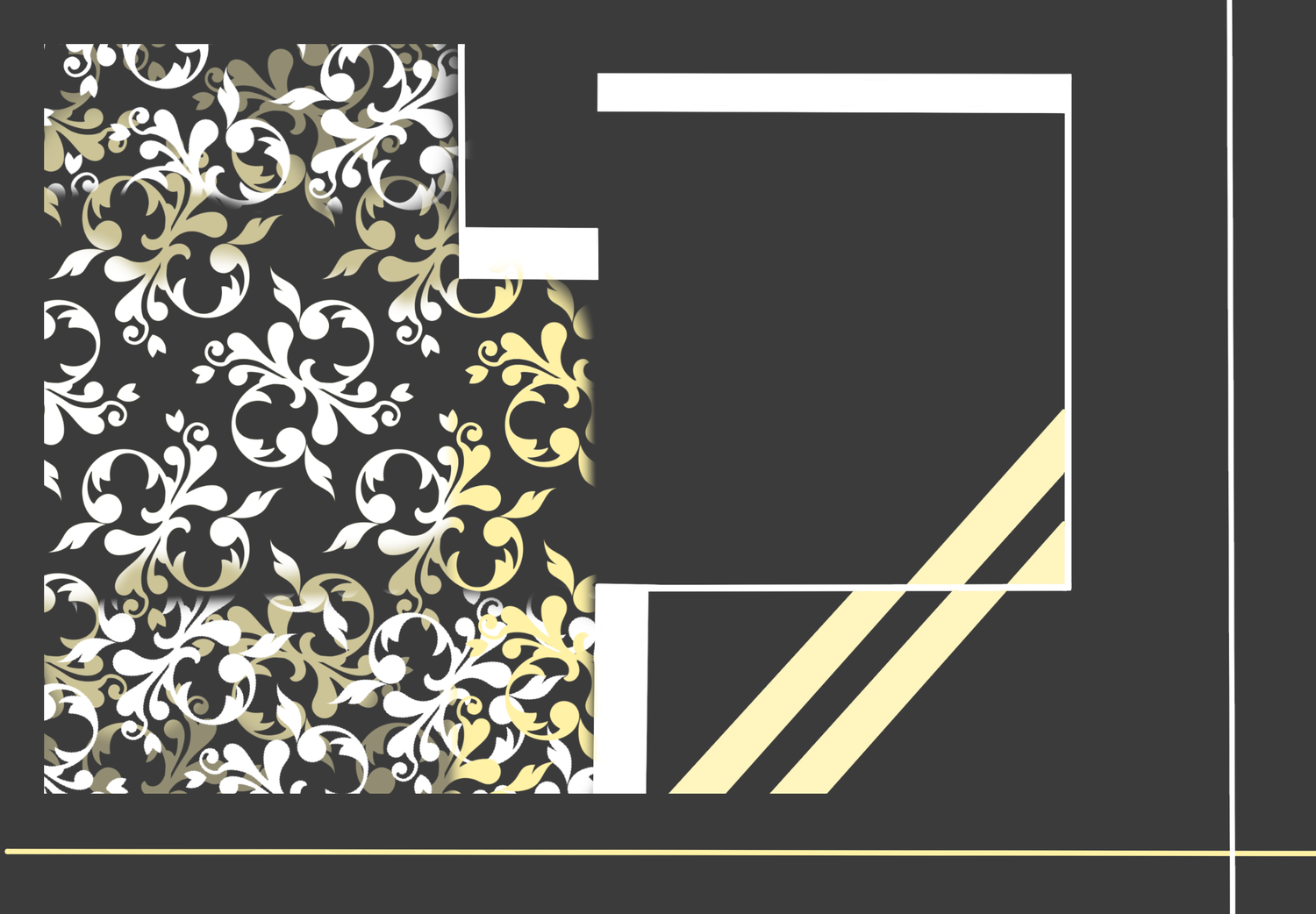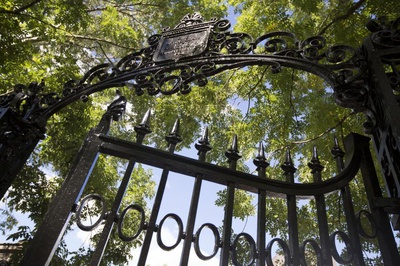
News
Harvard Researchers Develop AI-Driven Framework To Study Social Interactions, A Step Forward for Autism Research

News
Harvard Innovation Labs Announces 25 President’s Innovation Challenge Finalists

News
Graduate Student Council To Vote on Meeting Attendance Policy

News
Pop Hits and Politics: At Yardfest, Students Dance to Bedingfield and a Student Band Condemns Trump

News
Billionaire Investor Gerald Chan Under Scrutiny for Neglect of Historic Harvard Square Theater
Minimalism and the Death of Detail

The world has recently experienced a drastic shift from the use of very intricate designs to more simple, minimalistic composition in architecture, paintings, and film. There has been a debate regarding this change; some argue that minimalist design removes character while others say that the use of minimalism is more impactful because it leaves room for audience interpretation. While both types of design have their advantages, the use of minimalism specifically in cities and towns seems to starve the location of culture and individuality.
Many pass by new, minimalist designs unknowingly in their everyday lives. There are minimalistic cars — like Elon Musk’s Cybertruck — as well as park benches, telephone booths, street lights, and even fences or gates. These objects were historically designed in an incredibly detailed and complex manner. Now, many of these objects are intentionally created to look as simple as possible with no decoration.
London, England is a city where this shift to minimalistic designs is quite noticeable. London is known for its quaint buildings and cobblestone roads, but most famous for its classic cherry-red telephone booths. These iconic enclosures are often featured all over social media, becoming a go-to spot in the city for tourists and even locals. Recently the city has been building new telephone booths; however, they deviate from the trademark and are not the traditional, quirky stalls.
They are instead minimal, rectangular compartments, made almost entirely of glass. They lack any ornamentation — not even sporting the little window panes that the red booths so characteristically featured. The structures seem to detract from the city’s charm and history.
However, one example of a minimalist design that works is Maya Lin’s Vietnam War Memorial. Lin’s memorial became extremely controversial when it was selected as the winner of the memorial’s design competition. Critics said that the monument needed a more figurative, traditional element for it to have sufficient meaning and impact on people who don’t study art. Some went on to argue that Lin’s memorial doesn’t uphold the values of the United States. People who opposed Lin’s simplistic design wanted to add an American Flag as well — much to Lin’s distaste. However, when the memorial was built in 1982, although highly criticized, the emotional impression that the memorial made was undeniable.
The Vietnam War Memorial is one of the most celebrated monuments in the world, as well as in Washington’s National Mall itself. What sets it apart from other memorials is its simplicity and thoughtful location, with each branch of the V-shaped structure stretching towards one of the two other monuments that rest in the National Mall. Lin’s design, although extremely straightforward, allowed people to have a more individual and personal experience with the memorial.
Though it seems that minimalism does not always stand the test of time, a figurative element, a sculpture by Frederick Hart called the Three Servicemen Statue, was still added in 1984. Additionally, against Lin’s wishes, an American Flag was added to the space in later years. Despite the changes, these elements were somewhat distanced from the monument, and they don’t seem to have nearly as much attention or influence as the simple, reflective granite V-shaped cut into the earth that Lin designed.
In contrast, the Palace of Versailles is an exquisite architectural masterpiece that screams maximalism. In this palace, almost every single object is crafted with a large amount of incredible care and detail. It is the opposite of everything minimalistic. It seems that only in recent years is minimalism recognized as a new form of luxury. Versailles, on the other hand, has historically been viewed as the very definition of luxuriousness itself, as almost everything seems to be dripping in gold and ornamentation. It was so envied that the building was one of the key factors in causing the French Revolution as the wealth gap was so unjust, and it didn’t seem fair that only a few people could enjoy that lavish lifestyle. The Palace of Versailles has become a world-renowned destination due to its beautiful and detailed design.
In some cases, like the Vietnam War Memorial, minimalism makes the most impact. In other cases, like in the Palace of Versailles, the complexity of the designs is revered. However, in public spaces like cities or towns, more ornamented objects add character to the area. When objects are decorated, it might make the viewer feel as though they are looking at something that someone put a lot of effort into making, and therefore the viewer might value it more. When decorated objects are used by cities to adorn streets and buildings, the public might feel as though their city cares for them and the space that they live in, as there has been an effort to make it beautiful and unique, enhancing their location and culture.
A city's look or feel relies heavily on the little details put into the design of public areas, as viewers notice and appreciate it. When a city or town uses strictly minimal designs, the area can begin to feel lifeless and uniform. It seems that ultimately, the debate between which is better — complex designs or minimalistic ones — often depends on context and use of the object that is being built.
Want to keep up with breaking news? Subscribe to our email newsletter.
From Our Advertisers

Over 300+ courses at prestigious colleges and universities in the US and UK are at your disposal.

Where you should have gotten your protein since 1998.

Serve as a proctor for Harvard Summer School (HSS) students, either in the Secondary School Program (SSP), General Program (GP), or Pre-College Program.

With an increasingly competitive Law School admissions process, it's important to understand what makes an applicant stand out.

Welcome to your one-stop gifting destination for men and women—it's like your neighborhood holiday shop, but way cooler.

HUSL seeks to create and empower a community of students who are seeking pathways into the Sports Business Industry.
